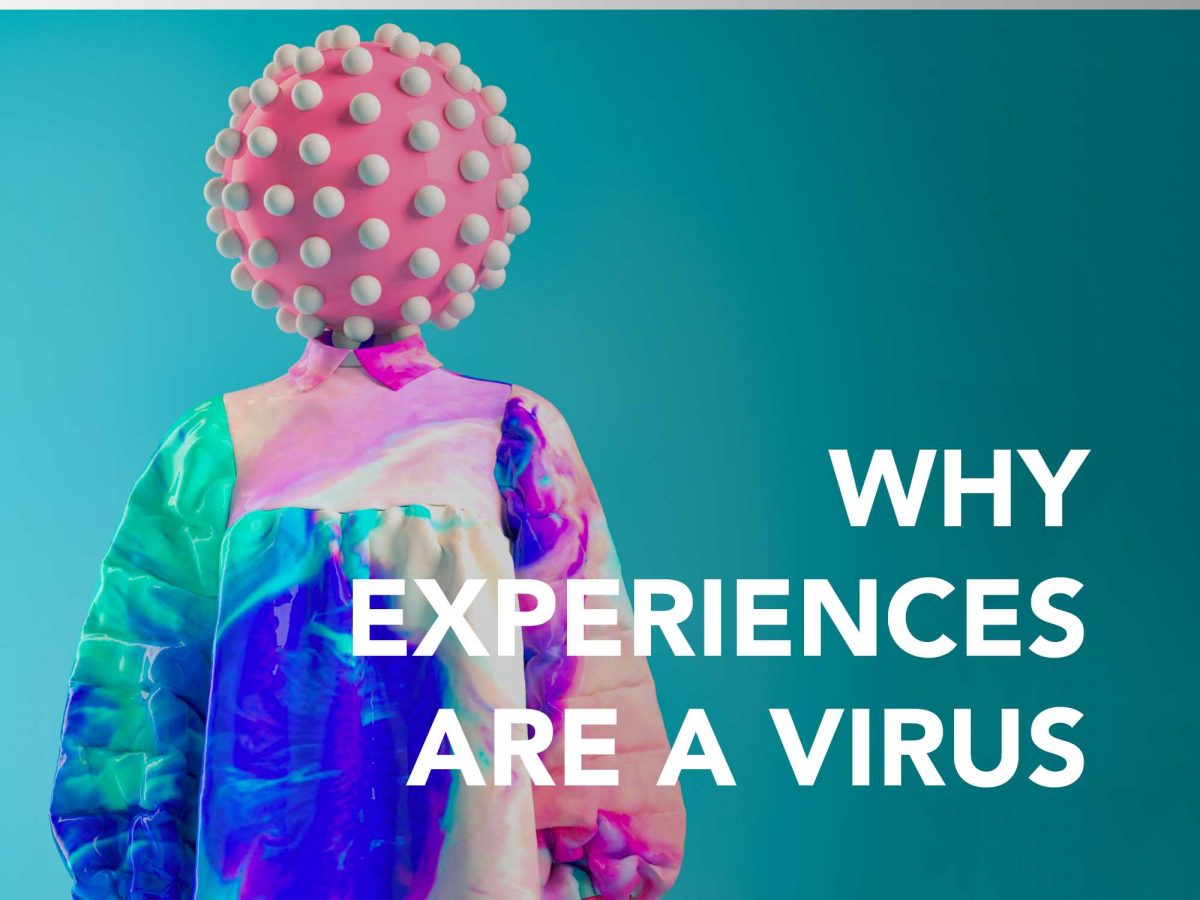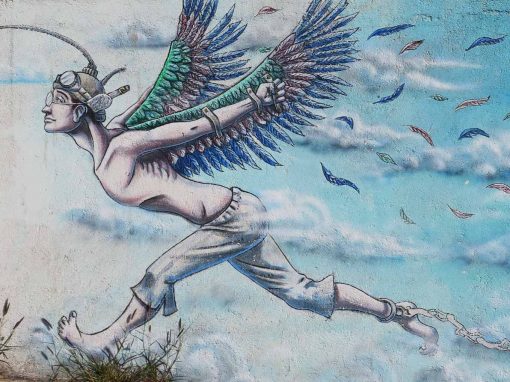People can be aware that there’s a layer of virtual value in what you offer and still pay that 500% markup.
Still doubting whether working on the experience is “worth it”?
I’d say it’s everything.
Think fashion industry
I was talking yesterday to someone and this idea occurred. Because in fashion every company is so aware of the experience factor, it’s pretty much a standard to have one.
That never-iron-never-wash-never-wrinkly shirt that was on Kickstarter? The multiple projects that were alike? They didn’t make it through — at least not yet. They’re not everywhere around us. The market wanted something else. Definitely not a utility upgrade.
And when I say experience, don’t mistake it for just the branding of a fashion house. I’m talking more than that — whatever feelings are involved when buying. From gratification to the reaction when you step into that shop and it smells a certain way.
On the other hand
In the SaaS sector, the experience is not that much of a standard. Sure, the successful ones have worked on that. But founders still choose to look at those products which’ve brought immense amounts of value only by engineering standards. Only through utility.
If you still hoping to win only through the utility value that you’re bringing, here’s what is very likely to happen.
Sooner or later it might be a matter of perfect timing when they’re swallowing what you do.
Once you’ve exploited an idea and developed something good on top of it, if there’s no experience designed for your users, it can be copied.
The reason I’m vouching for experiences so hard is because they are personal. There’s no second Disneyland in the world. There is no other Mickey Mouse.
Other top-level amusement parks can’t just have a mouse mascot that looks like Mickey and pretend it’s all cool — Mickey is unique and part of the experiences Disney creates.
Objection
“So what, I should start creating mascots now, Daniel?”
That’s not my point. My point is this:
Looking at the experience that’s there created for your user and working on that. Once there’s validation on the market for whatever value you bring to people, that’s what’s:
1) Protecting you from other “business predators”
2) Making people fall in love with what you offer them
Back to fashion
In the fashion industry, it’s pretty much “create an experience or die”. In the SaaS sector, you can still get away with purely technical — that won’t keep being the case for long, I’d say. And even if you can get away with it today, I advocate for creating one.
Why? Because that’s how you widen the gap between you and other business predators.
My main idea was this:
I’m aware there’s virtual value in a designer t-shirt. It costs even 100x more than a basic H&M one. I’m writing about experiences every day and despite being aware of what they mean, I still buy designer t shirts.

It’s not a trick. It’s not a “get rich quick scheme”. Knowing about the virtual value factor is not (necessarily) a cure for it — they’re like a virus. Whether people are aware of it being
1) What value it brings to us (utilitarian value layer)
2) How it makes us feel (virtual value layer)
About Ch Daniel
I run Chagency_, an experiences design agency that specialises on helping tech CEOs reduce user churn. We believe experiences are not only the reason why users choose not to leave but also what generates word of mouth. We’re building a credo around this belief.
If I’ve brought you any kind of value, follow me and get in touch here: LinkedIn | Twitter | Email | Quora | YouTube (same content but in video)
I’ve also created an infinitely-valuable app for sneaker/fashion enthusiasts called Legit Check that impacted hundreds of thousands over millions of times – check it out at chdaniel.com/app
Please share this with someone and subscribe to our newsletter!— helps us keep pumping content?
Illustration credits: Kota Yamaji, Caio Ramos




